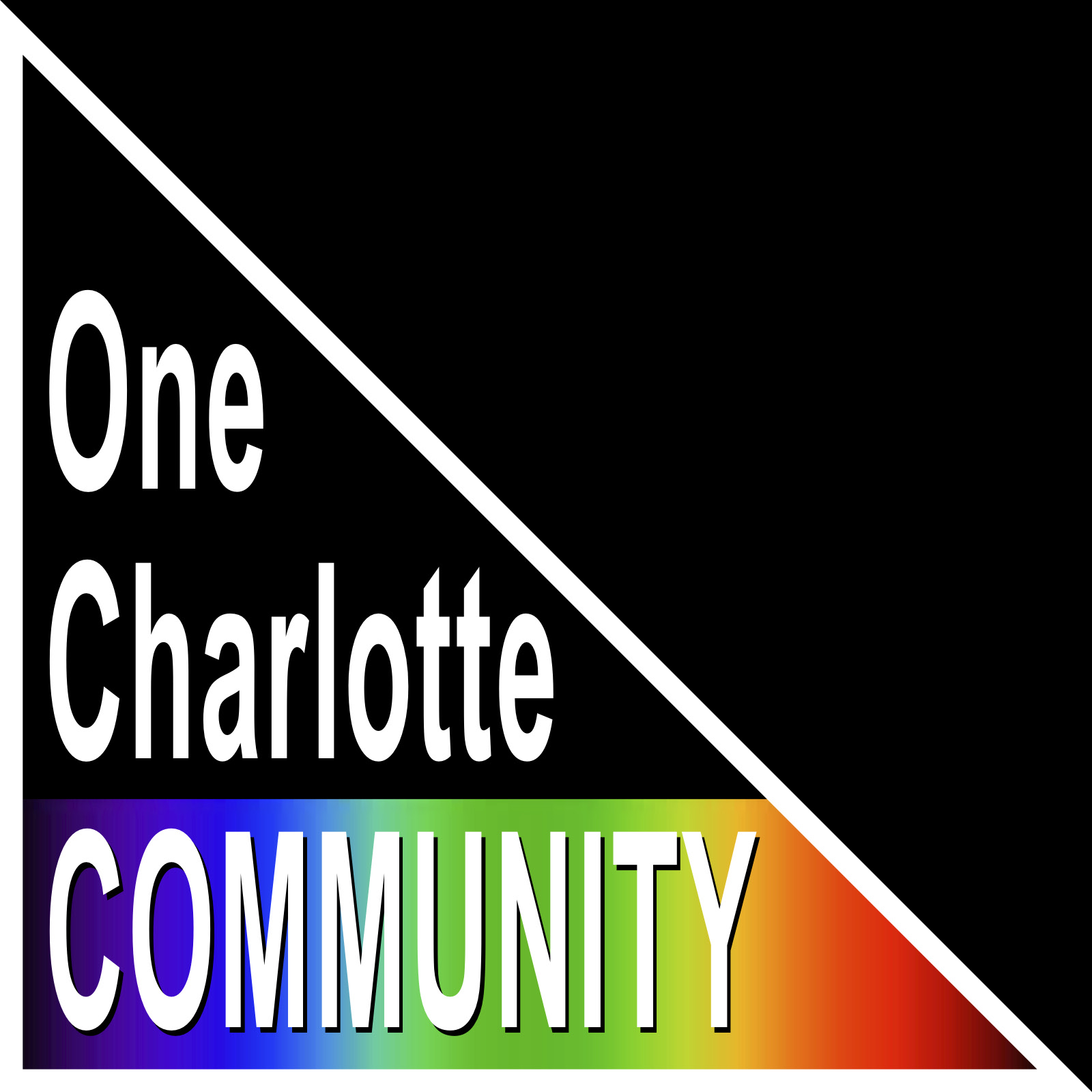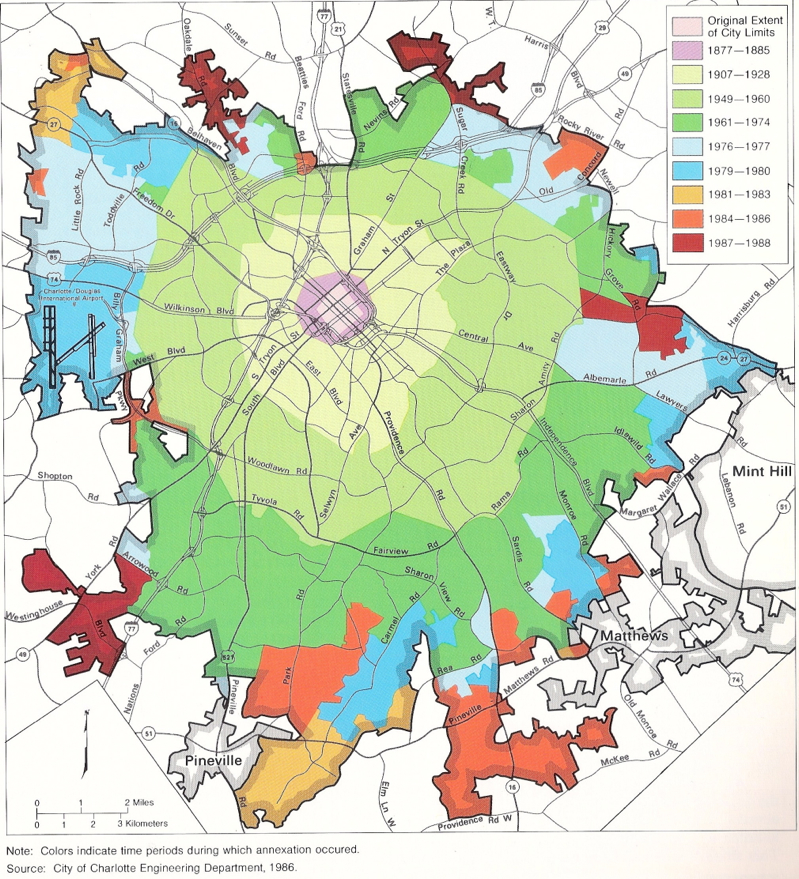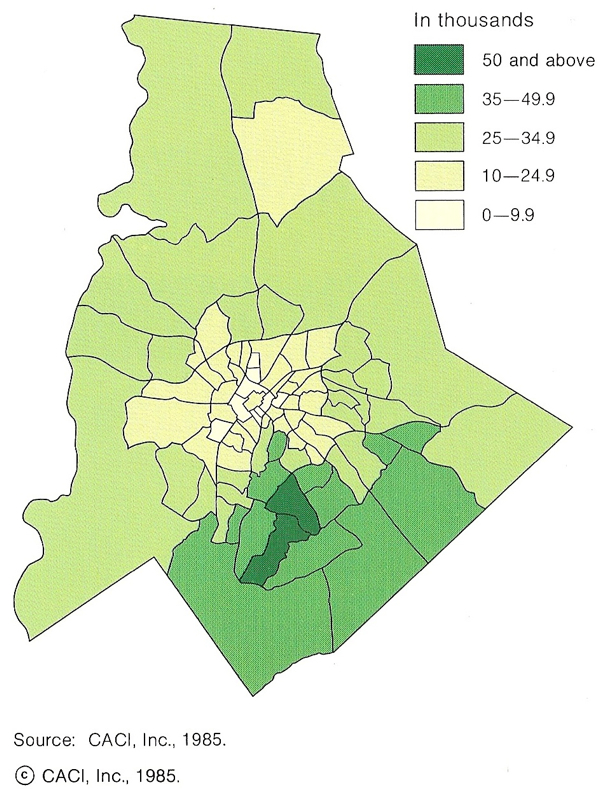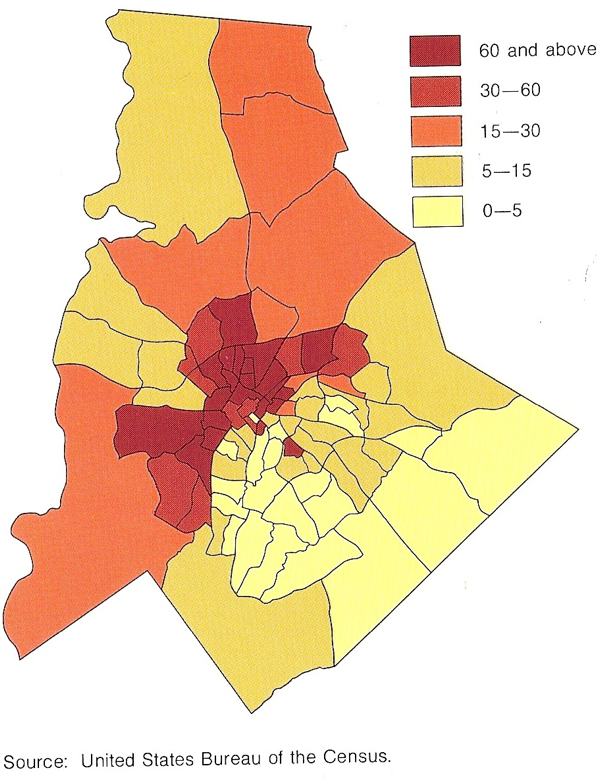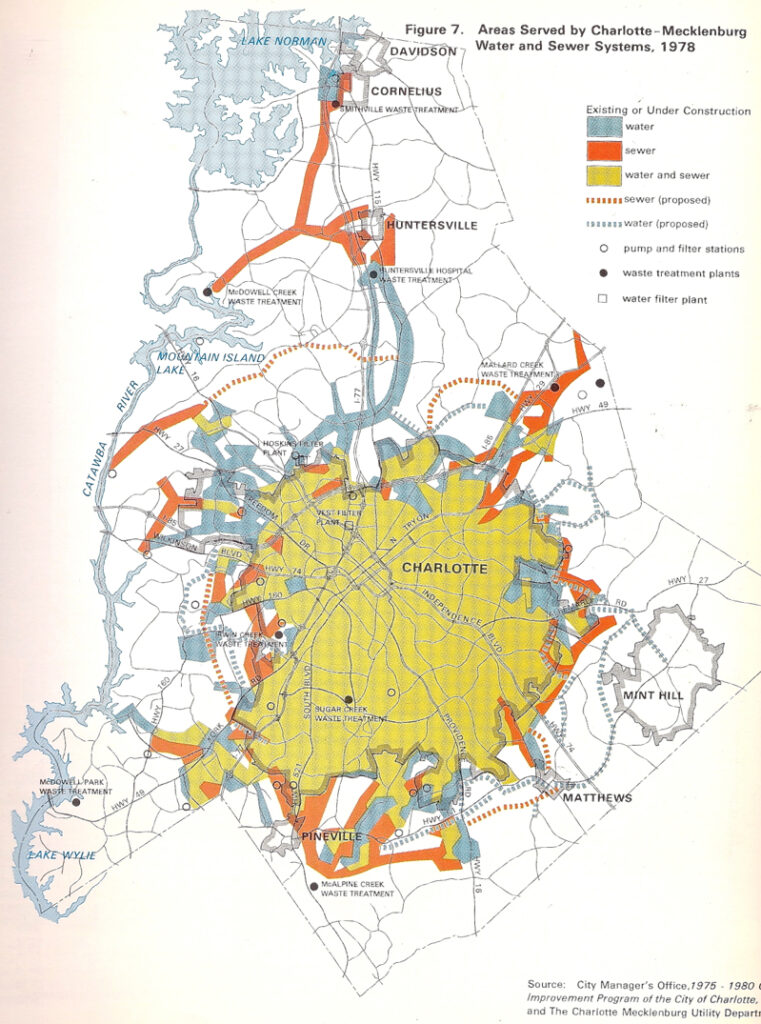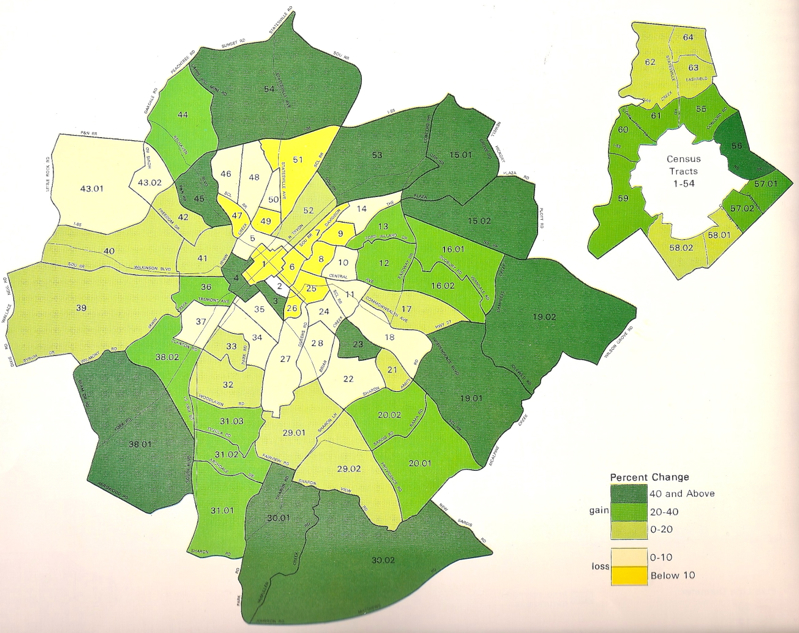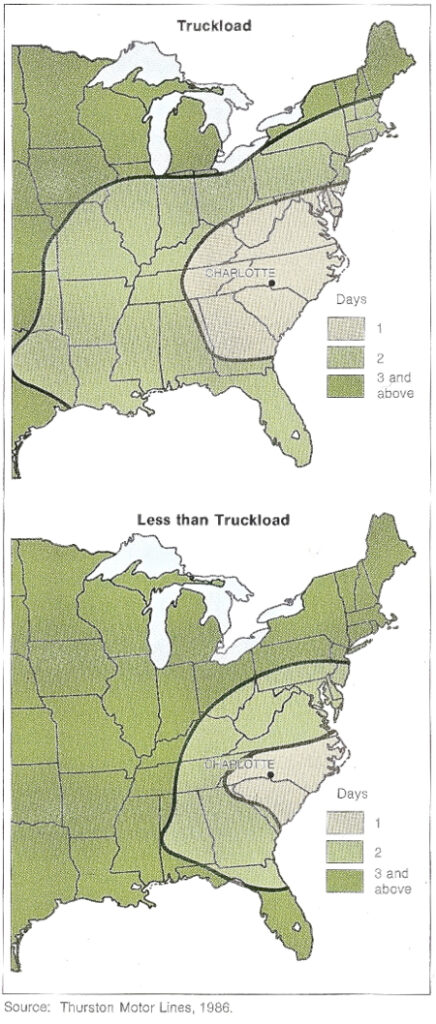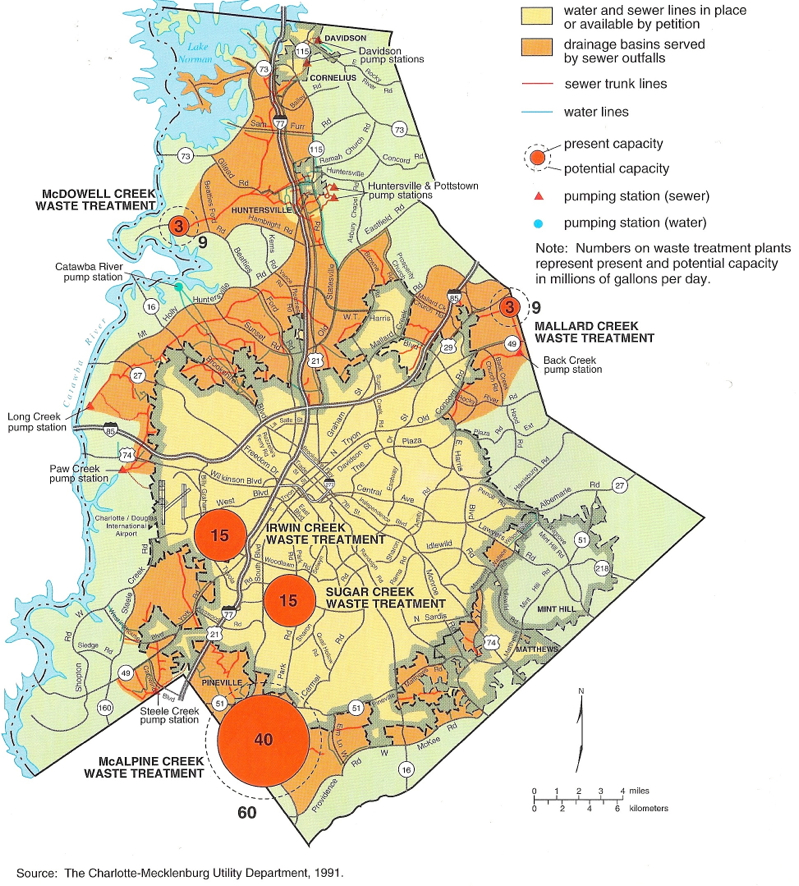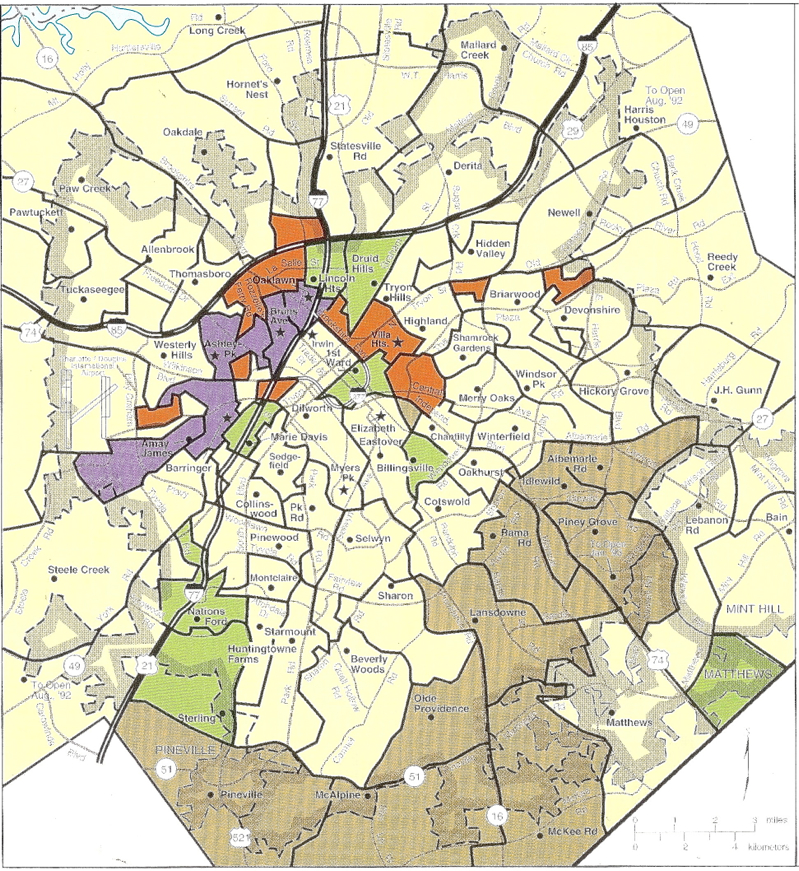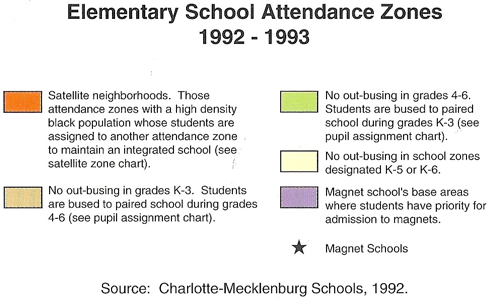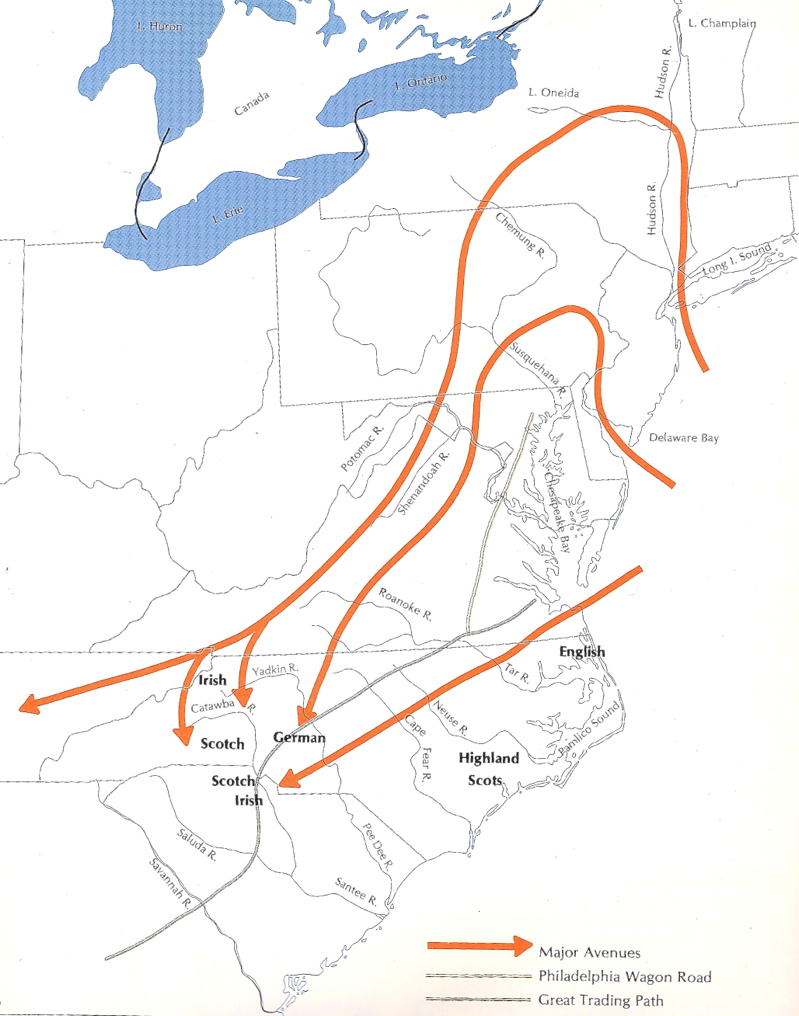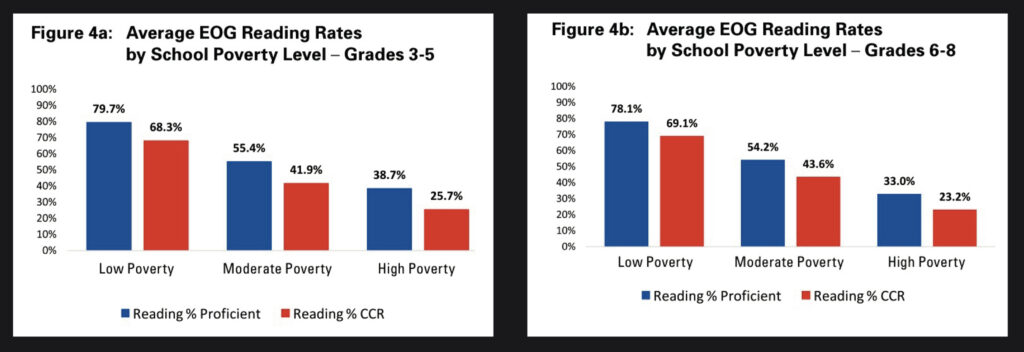
April 11, 2018
CMS Supt. Clayton Wilcox directed his staff to prepare a report analyzing all the data available on how school achievement and poverty are intertwined. The community has been tracking this link for decades, but the gaps remain. The issue took on some additional urgency when a 2013 Harvard study ranked the city 50th among 50 big cities studied on the issue of economic mobility. More on the CMS effort is on their website.
CMS prepared data reports in 2018 and 2019. They are available in both English and Spanish.
(In July 2019, Wilcox left CMS and by August 2019 had been permanently replaced by Earnest Winston. As of Feb. 16, 2020 no new “Breaking the Link” studies had been released.)
